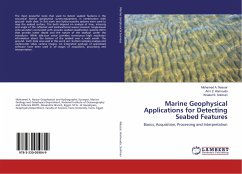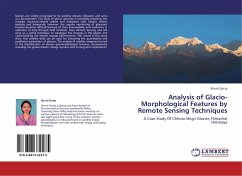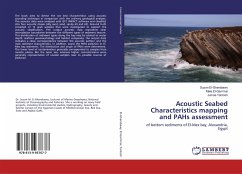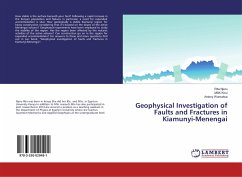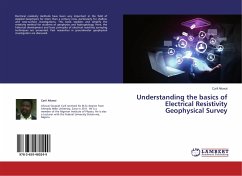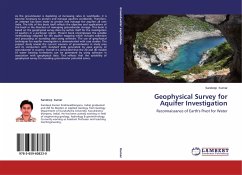The most powerful tools that used to detect seabed features is the acoustical marine geophysical survey equipment, in combination with ground- truth data. In this work two hydro-acoustic systems were used to map the seabed surface. The both depend on analysis of time, intensity and angle of the reflected and backscattered waves received. Single-beam echo-sounders connected with acoustic seabed classification systems (QTC) that provide water depth and the nature of the seafloor under the transducer. While side-scan sonar provides continuous high resolution information about the texture of the seabed over a wide swath. The ground- truth data was used in this work are: bottom samples analysis and underwater video camera images. An integrated package of specialized software have been used in all stages of acquisition, processing and interpretation.

